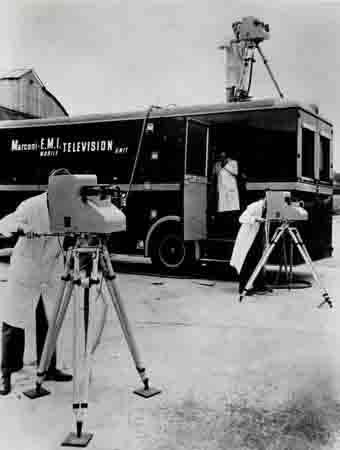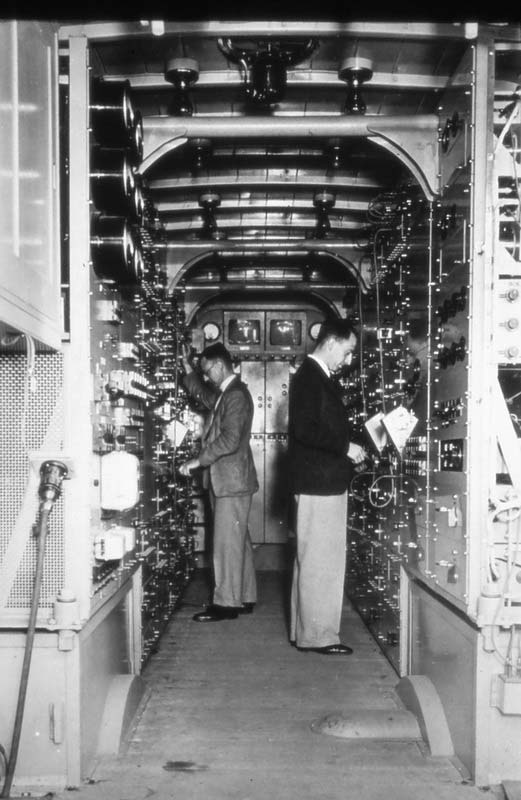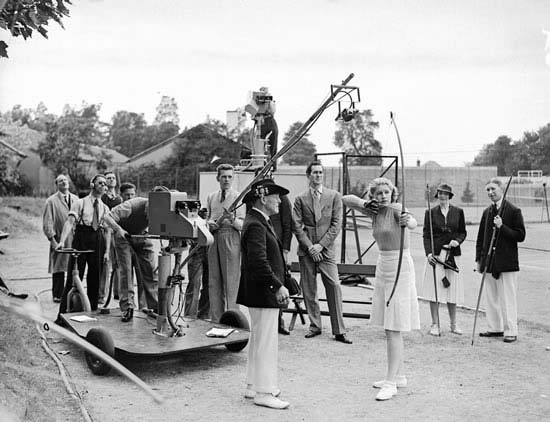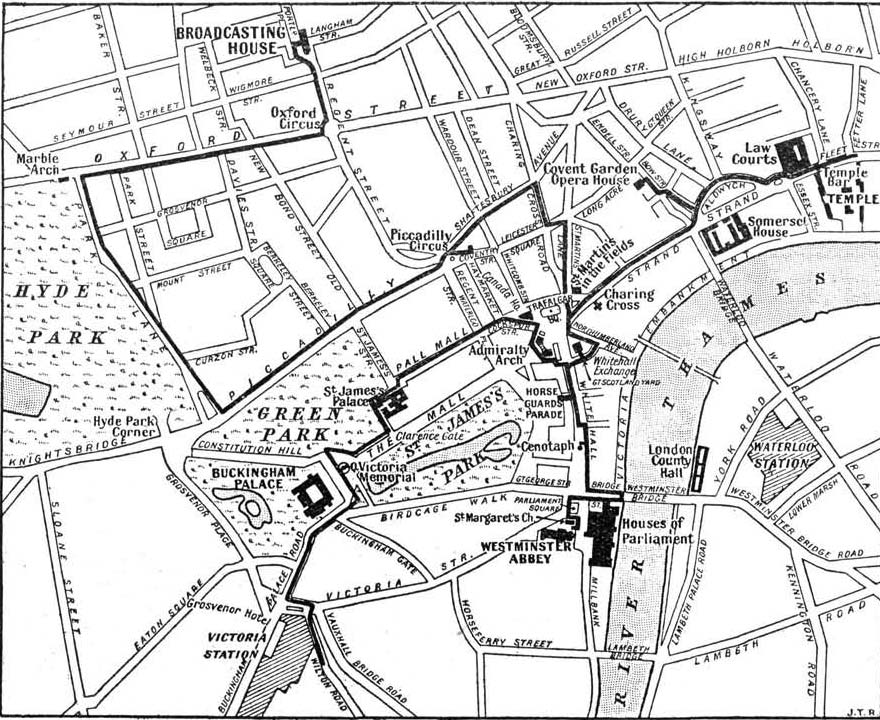Ever since the first programmes were transmitted from Alexandra Palace in 1936, television producers have wanted to leave the constraints of the four walls of a television studio and transmit live pictures from the ‘big wide world’. They did manage to achieve this, even before the BBC had commissioned the first television outside broadcast unit. The studio cameras were taken out into the grounds of Alexandra Palace. They were still connected by cable to the studio and could only stray 1000ft into the park, as this was the maximum length of the cable.
One of first regular programmes that relied on this technique was
C.H.Middleton’s gardening programme, which was first broadcast on November 21st 1936 and continued until the television service was suspended in 1939. Mr Middleton created the BBC Garden at Alexandra Palace, the equivalent of the Blue Peter Garden at the Television Centre, Wood Lane.
As television could not go to some of the big events happening in London, part of the ‘big wide world‘ had to come to Alexandra Palace. This meant part of the Lord Mayor’s Show and the Heavy Horse Parade which was an annual event in Regents Park, had to come to the park at Alexandra Palace to be televised.
In 1936 there were two television studios at Alexandra Palace. Studio B used the Baird system. Studio A used Marconi-EMI Emitron cameras and it was this system which the BBC decided to adopt in February 1937. Although Baird had demonstrated an Outside Broadcast Unit at the 1931 Derby with 30-line pictures broadcast by the BBC medium wave transmitter at Brookmans Park, the Baird 240-line system in 1936 still relied on a mechanical scanning method, which was seen by the BBC as inferior to the Marconi-EMI electronic method. So, soon after the decision to choose Marconi-EMI, the BBC ordered a complete outside broadcast unit from the winning company. It consisted of three vehicles, a mobile control room or ‘scanner’ as it was called, a transmitter van and a power (generator) van.




